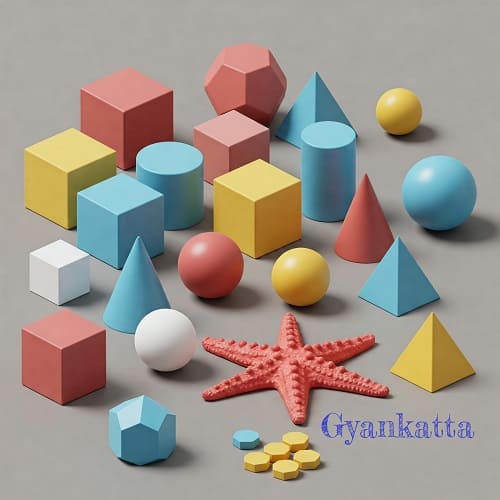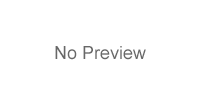Class 8 Math Understanding Quadrilaterals Notes
Understanding Quadrilaterals – Class 8
Hello! This chapter is all about shapes with four sides called Quadrilaterals. But first, let’s talk about polygons in general.
What are Polygons?
A polygon is a closed figure made up of straight line segments. They have at least three sides.
Examples: Triangles (3 sides), Quadrilaterals (4 sides), Pentagons (5 sides), Hexagons (6 sides), etc.
Quadrilaterals
Quadrilaterals are polygons with four sides. They have different types, each with its own special properties.
1. Parallelogram:
A quadrilateral with both pairs of opposite sides parallel.
Properties:
- Opposite sides are equal.
- Opposite angles are equal.
- Diagonals bisect each other (cut each other in half).
2. Rectangle:
A parallelogram with all four angles equal to 90 degrees.
Properties:
- All the properties of a parallelogram.
- Diagonals are equal.
3. Square:
A rectangle with all four sides equal.
Properties:
- All the properties of a rectangle and parallelogram.
- Diagonals are perpendicular bisectors of each other.
4. Rhombus:
A parallelogram with all four sides equal.
Properties:
- All the properties of a parallelogram.
- Diagonals are perpendicular bisectors of each other.
5. Trapezium (or Trapezoid):
A quadrilateral with only one pair of opposite sides parallel.
6. Kite:
A quadrilateral with two pairs of adjacent sides equal.
Applications of Quadrilaterals
Quadrilaterals are everywhere around us! Here are some examples:
1. Architecture and Construction:
Rectangles are used in the design of buildings, rooms, doors, and windows. Squares are used in tiles and other building materials. Parallelograms appear in structural designs.
2. Design and Art:
Quadrilaterals are used in creating patterns, artwork, and graphic designs. Kites are a classic example of a quadrilateral in action!
3. Everyday Objects:
Think about the shapes of tables, books, screens, and many other objects you use every day. Many of them are quadrilaterals!
Quadrilaterals Quiz – Application Problems
1. Window Design: A window is shaped like a parallelogram. If the lengths of two adjacent sides are 1.5 meters and 2 meters, what is the perimeter of the window?
2. Tile Pattern: A tile floor is made of square tiles. If each tile has a side length of 30 cm, what is the area of 4 tiles?
3. Garden Plot: A garden plot is shaped like a rectangle. If its length is 10 meters and its width is 5 meters, how much fencing is needed to enclose the plot?
4. Kite Design: A kite is made with two pairs of adjacent sides of lengths 60 cm and 80 cm. What is the perimeter of the kite?
5. Table Top: A table top is shaped like a rhombus. If the diagonals of the table top are 1 meter and 1.2 meters long, what is the area of the table top?
6. Picture Frame: A picture frame is shaped like a rectangle with dimensions 25 cm by 20 cm. What is the length of the diagonal of the frame?
7. Park Design: A park is designed in the shape of a trapezium. The two parallel sides are 50 meters and 70 meters long. The distance between the parallel sides is 30 meters. What is the area of the park?
8. Flag Design: A flag is designed in the shape of a parallelogram. If the base of the parallelogram is 2 meters and the height is 1.5 meters, what is the area of the flag?
9. Land Division: A piece of land is shaped like a quadrilateral. It is divided into two triangular plots by a diagonal. If the diagonal is 100 meters long, and the perpendicular distances from the other two vertices to this diagonal are 40 meters and 60 meters, find the area of the land.
10. Roof Shape: The cross-section of a roof is shaped like a trapezium. The lengths of the two parallel sides are 8 meters and 12 meters, and the perpendicular distance between them is 3 meters. What is the area of this cross-section?
Understanding quadrilaterals helps us understand the world around us better. Keep exploring, and you’ll find even more examples!


